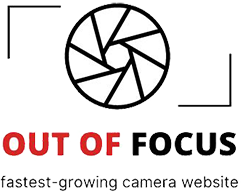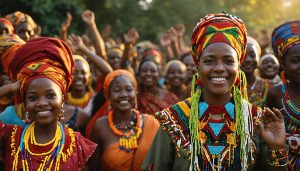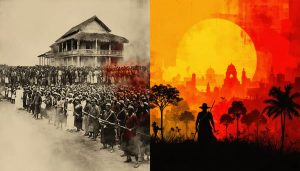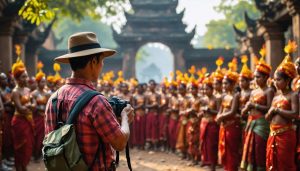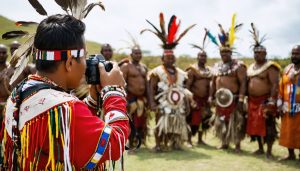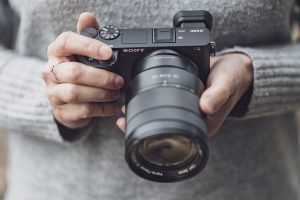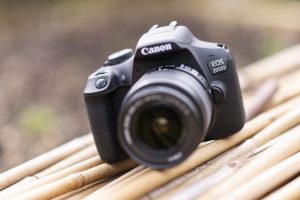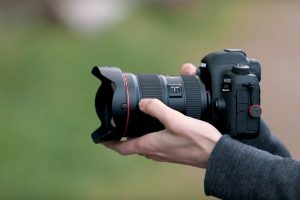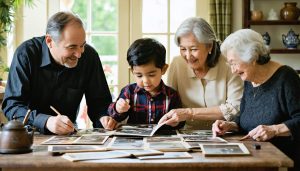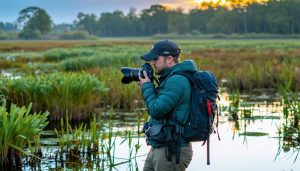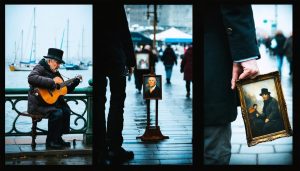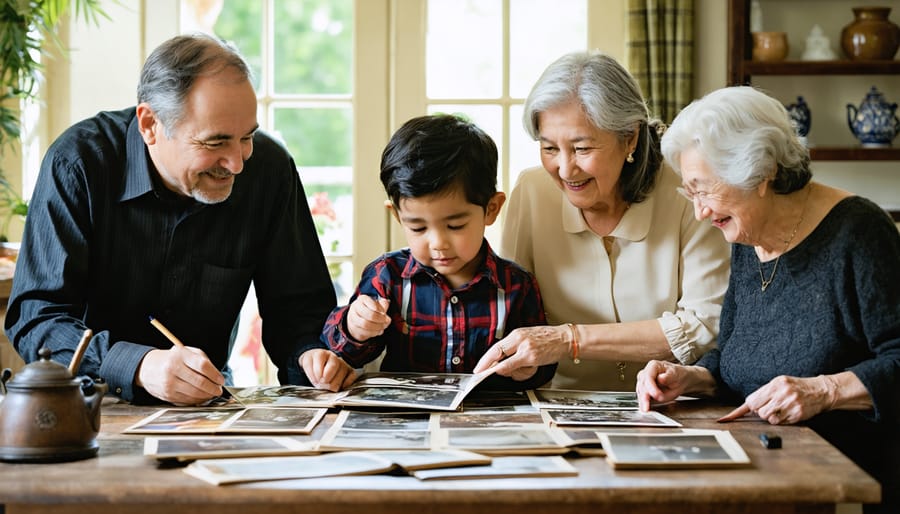
Every photograph tells a story, weaving together moments, emotions, and cultural narratives that transcend mere visual documentation. When documenting cultural heritage through photography, we’re not just capturing images – we’re preserving legacies, sharing perspectives, and connecting generations through visual storytelling.
Like a skilled novelist, photographers craft their narratives through deliberate choices: the interplay of light and shadow, the careful composition of elements within the frame, and the decisive moment when past, present, and future converge in a single click. These visual stories hold power not just in what they show, but in what they invite viewers to discover, question, and remember.
Consider the family album as a chapter book, each image a carefully selected scene that contributes to a larger narrative of identity, tradition, and change. Through thoughtful sequencing, contextual details, and emotional resonance, photographers transform fleeting moments into enduring stories that enlighten, inspire, and connect audiences across time and culture.
This exploration of photography as narrative reveals how the medium serves as both witness and storyteller, capturing not just what we see, but who we are and how we understand our place in the world.
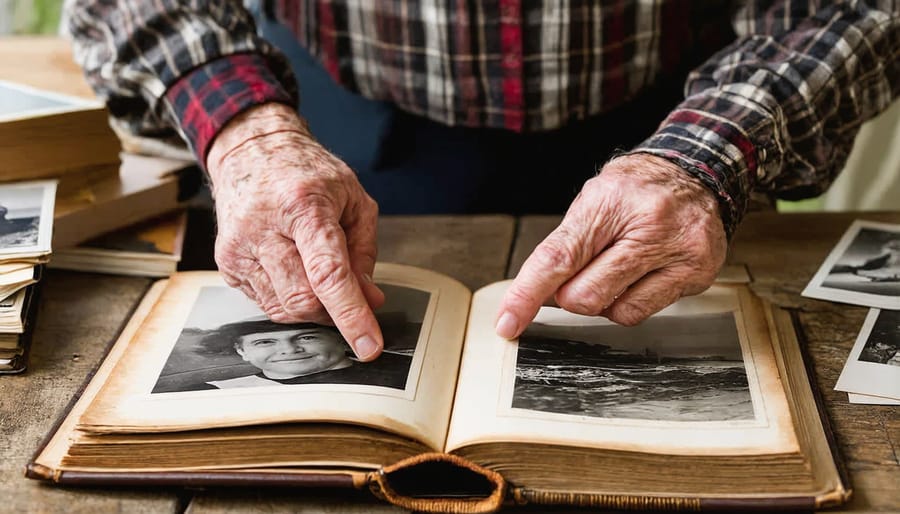
The Visual Language of Cultural Heritage
Beyond Words: Visual Storytelling Techniques
In photography, visual storytelling techniques go beyond simply capturing a moment – they create a narrative that resonates with viewers on a deeper level. The key lies in thoughtful composition and technical choices that enhance your story’s emotional impact.
Consider the rule of thirds not just as a compositional guideline, but as a way to create visual hierarchy in your cultural documentation. Position important elements along these intersections to draw attention to significant cultural details or expressions. Leading lines can guide viewers through traditional spaces or ceremonies, while selective focus helps emphasize meaningful objects or interactions.
Color plays a crucial role in cultural storytelling – warm tones can evoke nostalgia and comfort in family gatherings, while cool tones might reflect the solemnity of traditional ceremonies. Pay attention to natural light, as it can dramatically enhance the authenticity of your images. The golden hour’s soft illumination can transform ordinary family moments into timeless memories.
Frame your subjects with contextual elements that provide cultural significance, whether it’s traditional architecture, ceremonial objects, or meaningful landscapes. This layering of visual information helps create richer, more nuanced stories that future generations can understand and appreciate.
Capturing Cultural Context
Cultural elements in photography serve as powerful storytelling devices that add depth and context to your images. When capturing cultural narratives, look for symbolic elements that represent traditions, beliefs, and customs unique to the community you’re photographing. Traditional clothing, ceremonial objects, and architectural details can all serve as visual anchors that ground your images in their cultural context.
Consider the environment where these cultural elements naturally exist. Whether it’s a traditional marketplace, a religious ceremony, or a family gathering, the setting itself often carries significant cultural weight. Pay attention to how light interacts with these spaces, as natural lighting can enhance the authenticity of your cultural documentation.
Timing also plays a crucial role. Many cultural traditions are tied to specific times of day or seasonal celebrations. Understanding these temporal aspects helps you capture moments when cultural expression is at its most vibrant and genuine. When photographing cultural events, take time to observe and understand the significance of different elements before pressing the shutter.
Remember to approach cultural photography with respect and sensitivity. Whenever possible, engage with community members to gain permission and insight into the meanings behind various cultural elements you’re capturing.
Creating Generational Bridges Through Photography
Documentary Photography Techniques
When capturing cultural narratives through your lens, mastering essential documentary photography techniques is crucial. Start by setting your camera to aperture priority mode (A/Av) with a medium aperture (f/5.6 to f/8) to maintain good depth of field while keeping subjects sharp. This range works well for both environmental portraits and candid moments during cultural events.
For indoor ceremonies or dim lighting conditions, bump up your ISO (400-1600) while keeping your shutter speed above 1/125th to prevent motion blur. Consider using silent shutter mode to remain unobtrusive during sensitive moments. When documenting artifacts or traditional items, switch to manual focus and use a tripod for maximum sharpness.
Composition plays a vital role in storytelling. Embrace the environmental context by stepping back occasionally to capture wide shots that show the relationship between people and their surroundings. Look for natural framing elements like doorways or windows to add cultural context to your images.
RAW format is essential for documentary work, as it provides greater flexibility in post-processing while preserving important details in highlights and shadows. Keep your editing subtle and true to the scene – your goal is to document reality, not create fantasy.
Remember to work with available light whenever possible, as it often better represents the authentic atmosphere of cultural spaces and events. If additional lighting is necessary, use bounce flash or diffused continuous lighting to maintain the natural feel of the environment.
Interview and Photo Integration
Combining oral histories with photographs creates a powerful narrative that engages multiple senses and brings stories to life. The key lies in capturing both the visual elements and the spoken memories in a way that complements and enriches each other.
Start by conducting your interview in a comfortable, familiar setting where your subject feels at ease sharing their memories. As they speak, look for opportunities to capture candid expressions and gestures that reflect their emotional connection to the story. These natural moments often yield the most authentic photographs.
Consider using the photo-elicitation technique, where existing photographs serve as conversation starters. Show your subject old family photos or historical images related to their story, and photograph their reactions and interactions with these memory triggers. This method often unlocks deeper narratives and creates meaningful contemporary images that bridge past and present.
Record the interview while simultaneously taking photos, but be mindful of your timing. Choose moments to lower your camera and maintain eye contact, showing respect and building trust with your subject. If possible, work with a partner who can handle either the interview or photography portion while you focus on the other.
When combining the elements, consider creating a multimedia presentation that layers audio clips with corresponding images. Digital platforms make it easy to pair photographs with recorded stories, creating an immersive experience for viewers. Alternative formats include photo books with transcribed quotes or gallery installations where visitors can listen to audio while viewing images.
Remember to document the interview environment and relevant objects mentioned in the story. These supporting images provide context and help create a more complete narrative picture.

Digital Preservation and Sharing
Digital Archiving Best Practices
In today’s digital age, properly archiving your cultural photographs is crucial for preserving cultural narratives across generations. Start by creating a systematic backup strategy using the 3-2-1 rule: maintain three copies of your files, store them on two different types of media, and keep one copy off-site or in cloud storage.
When scanning older photographs, use a high-quality scanner at 600 DPI minimum for standard prints and 1200 DPI for smaller formats. Save your files in both RAW and JPEG formats, with RAW serving as your digital negative and JPEG for sharing and viewing. Consider using archival-quality hard drives and regularly check their integrity.
Organize your digital archives with a consistent naming convention that includes dates, locations, and important details about the subjects. Create detailed metadata tags with cultural context, names, relationships, and significant events to ensure future generations understand the story behind each image.
For cloud storage, choose services that maintain image quality and offer robust security features. Consider using specialized photo management software that can handle extensive metadata and genealogical information. Regular maintenance is key – schedule quarterly reviews to verify backup integrity and update storage media as technology evolves.
Remember to document your archiving system and share access information with family members to ensure these precious visual histories remain accessible for years to come.
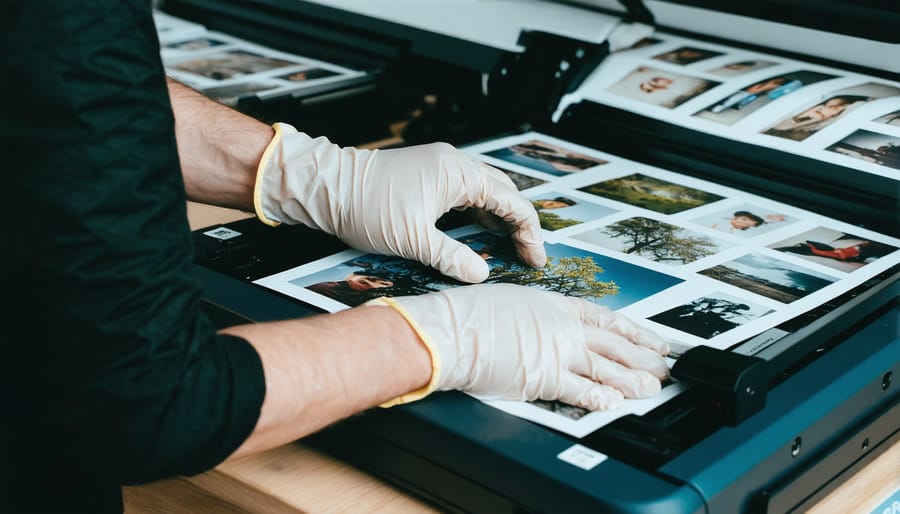
Modern Platforms for Sharing Cultural Stories
Today’s digital landscape offers powerful platforms for sharing cultural narratives through photography, making it easier than ever to preserve and distribute family stories across generations. Social media platforms like Instagram and Facebook have evolved beyond simple photo sharing, with features like Stories and Albums that allow photographers to create compelling visual narratives with context and chronology.
Dedicated storytelling platforms such as Exposure, Steller, and Adobe Spark enable more sophisticated presentation formats, combining photos with text, audio, and video elements to create immersive cultural experiences. These platforms often include templates specifically designed for family histories and cultural documentation.
Cloud-based family history services like Ancestry and MyHeritage have incorporated robust photo-sharing capabilities, allowing families to build collaborative visual archives complete with dates, locations, and detailed descriptions. These platforms also facilitate connections between extended family members and cultural communities worldwide.
Digital preservation tools have become increasingly sophisticated, with artificial intelligence helping to restore old photographs and smart tagging systems making vast collections searchable by faces, places, or events. Mobile apps specifically designed for oral history recording can pair audio narratives with photographs, creating rich multimedia archives of cultural stories.
For more professional presentations, platforms like Squarespace and WordPress offer photography-focused themes that can transform cultural narratives into engaging websites, making them accessible to future generations while maintaining control over privacy and presentation.
Ethical Considerations in Cultural Photography
When documenting cultural stories through photography, ethical considerations must be at the forefront of every photographer’s mind. Understanding and practicing cultural sensitivity in photography isn’t just about creating compelling images—it’s about respecting the dignity, traditions, and rights of the people we photograph.
First and foremost, obtaining informed consent is crucial. This means more than just getting a quick nod of approval. Take time to explain your project’s purpose, how the images will be used, and where they might be published. In some cultures, certain ceremonies or rituals may be off-limits to photography, and these boundaries must be respected without question.
Consider the power dynamics at play. As photographers, we often enter communities as outsiders with expensive equipment and the ability to shape narratives. This privilege comes with responsibility. Avoid perpetuating stereotypes or presenting communities through an exotic or sensationalized lens. Instead, work collaboratively with your subjects, allowing them to guide how their story is told.
Context matters immensely. Take time to research and understand the cultural significance of what you’re photographing. A sacred ceremony, traditional dress, or cultural artifact may have deep meaning that shouldn’t be trivialized through casual documentation. When possible, include written context with your images to help viewers understand their cultural significance.
Remember that representation has lasting impacts. Consider how your images might affect the community both now and in the future. Will these photographs honor their story? Could they potentially cause harm or misunderstanding? Work with community leaders or cultural advisors when possible to ensure your approach is appropriate and respectful.
Be mindful of compensation and credit. If you’re profiting from cultural photography, consider how to give back to the community you’re documenting. This might mean sharing prints, teaching photography skills to community members, or ensuring proper attribution and acknowledgment in your work.
Finally, approach cultural photography with humility and openness to learning. No matter how experienced you are as a photographer, there’s always more to understand about different cultures and perspectives. Let this awareness guide your practice and help you create more meaningful, ethical cultural narratives through your lens.
Photography serves as a powerful bridge between past and present, weaving visual narratives that preserve our cultural heritage for future generations. Through thoughtful composition, timing, and technical skill, photographers become storytellers who capture not just moments, but the essence of traditions, celebrations, and daily life that define our cultural identity. These visual stories transcend language barriers and connect viewers emotionally with histories they might otherwise never experience.
As we embrace digital technology and new ways of sharing images, the responsibility of documenting cultural heritage becomes even more critical. Each photograph we take of family traditions, cultural ceremonies, or community gatherings contributes to a larger tapestry of human experience. These images serve as both historical documents and emotional touchstones, helping families maintain connections to their roots while educating broader audiences about diverse cultural practices.
By approaching photography with cultural sensitivity and storytelling intent, we create lasting legacies that inform, inspire, and unite. Whether documenting traditional crafts, recording oral histories through portraits, or capturing changing landscapes, our photographs become powerful tools for cultural preservation and understanding.
